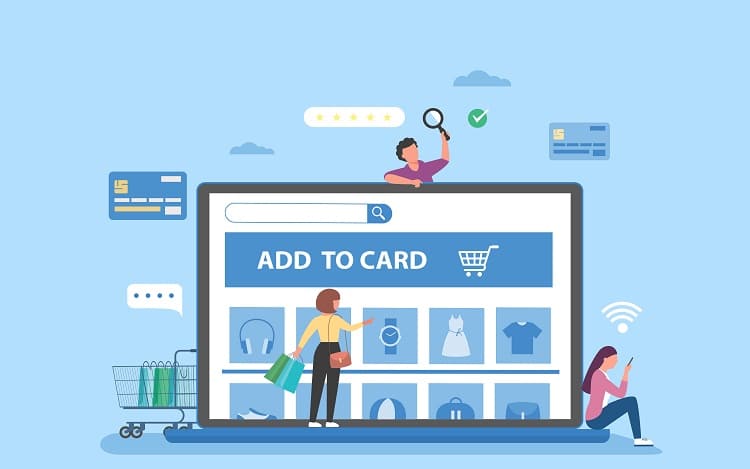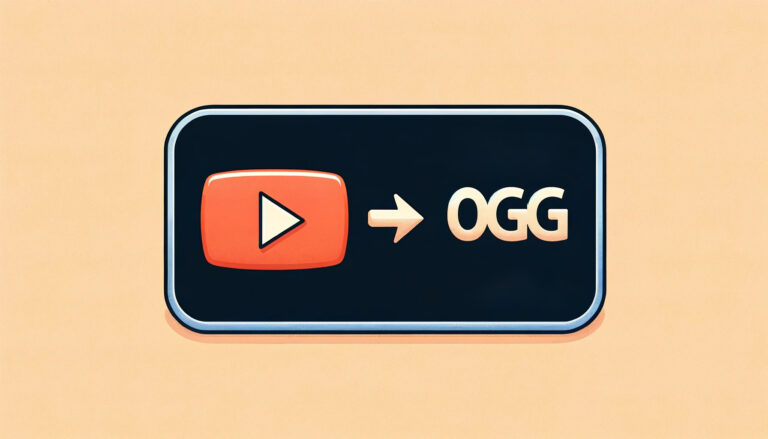The entrepreneurial spirit is alive and well in 2024, and many people are looking for ways to increase their wealth alongside retail giants like Amazon.
Amazon Dropshipping is a particularly attractive option that may make you wonder how you can get started marketing your business while letting someone else fulfill the orders your business receives.
In this total guide, we’re going to discuss the ins and outs of Amazon Dropshipping and what you can do to get your slice of the pie.
Table of Contents
ToggleWhat is Amazon Dropshipping?
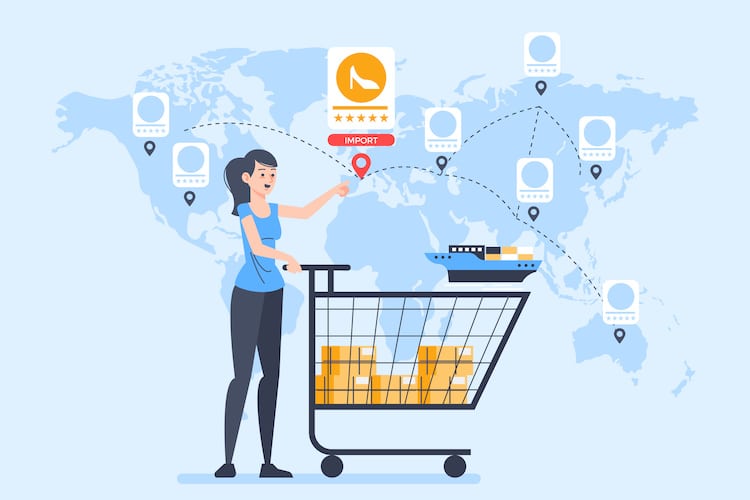
Amazon Dropshipping allows businesses to outsource their order fulfillment to a third party.
While you focus on marketing your business, the third party takes on the responsibility of keeping an inventory, shipping your products, reaching out to concerned customers, and handling returns through Amazon.
Getting Started with Dropshipping on Amazon
Setting up an Amazon seller account
You can sell products with your customer account, but if you’re a small business, you’ll likely want to create a separate Amazon seller account.
To set up an Amazon seller account, follow the steps below:
- Visit sell.amazon.com
- Select “Pricing” and decide if you want an Individual ($0.99 per item sold) or Professional ($39.99/month) seller account.
- Create a new account with your email and password.
- Choose business location and type.
- Enter your personal and billing information.
- Add your products and their information to your store.
- Verify your identity.
And start selling!
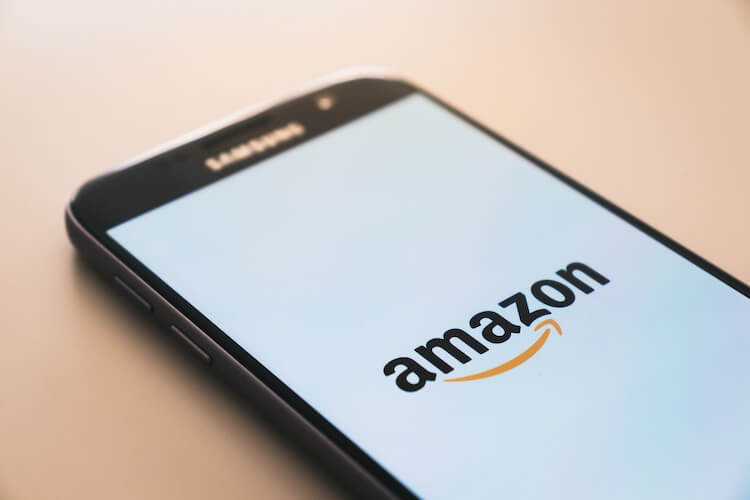
Finding a high-demand/low-competition product
When you’re selling on Amazon, you’ll want to find products that people are actively searching to buy, but not many Amazon sellers are offering.
This isn’t an easy task, to say the least, but here are a few tips to find the best products to sell:
- Research Amazon’s best sellers to get an idea of what’s trending and sell related products.
- Use Amazon’s search bar to find related searches for keywords. (E.g. “hair” will auto-fill with “hair dryer, hair clips, hair ties, hair straightener, etc.)
- Figure out what products are seasonal and make the most of those times of the year. (E.g. buffalo plaid is popular for Halloween and Christmas decor).
- Shoot for budget-friendly products that make buyers feel like they’re getting a good deal.
Some categories to consider include:
- Electronics
- Clothing
- Books
- Home and kitchen accessories
- Exercise equipment (water bottles, yoga mats)
- Personal health and beauty products (supplements, hair care, skin care)
Supplier Sourcing
Finding a supplier for your Amazon store begins with choosing the product(s) you want to sell and finding wholesalers that provide those products.
Once you know what you want to sell, follow these steps to find a supplier that works for you:
- Reach out to wholesale suppliers for Amazon.
- Request a sample of the product(s) you want to sell.
- Inquire about the costs and fees associated with products, including the cost per unit and minimum order quantities.
- See if they offer drop shipping.
Creating Your Amazon Listing
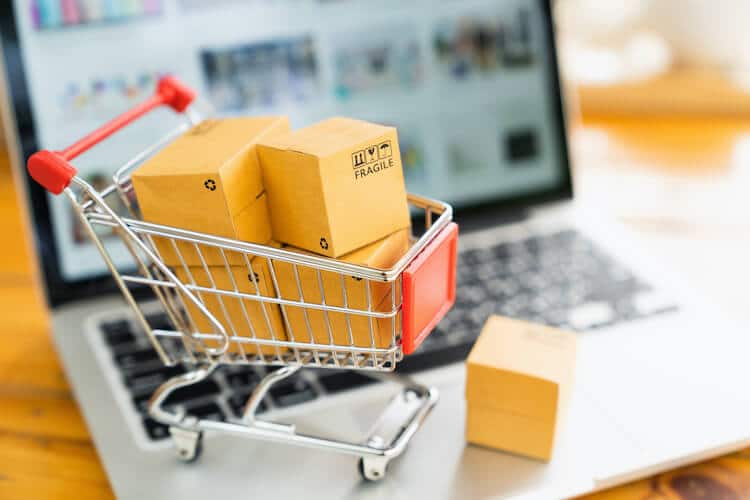
Product Categorization and Listing Information
There are dozens of categories and hundred so sub-categories that your products can fall under. Categories are designed to help customers find your products easier and market your store.
The most popular Amazon categories to sell under include:
- Pet supplies
- Outdoor supplies
- Home and Kitchen
- Beauty and Personal care
- Clothing, Shoes, and Jewelry
Be specific when categorizing your products and list your items with as much detail as possible to help consumers feel like your product is the best choice.
Amazon Fees and Pricing
As an Amazon seller, you have a choice between 2 selling plans: Individual and Professional.
- The Individual Plan costs 99 cents per item you sell + additional selling fees.
- The Professional Plan is $39.99/month + additional selling fees.
There are other fees that may be applicable to your store and the products you sell, including category referral fees, fulfillment fees, inventory fees, high-volume listing fees, and more.
Learn more about fees by visiting this Amazon seller’s page.
Tips for Success in Dropshipping on Amazon
Promoting your listing through Amazon PPC and other marketing strategies
Amazon PPC is a marketing tactic that allows sellers to advertise their products and only pay when a potential customer clicks the ad.
Other marketing strategies for your dropshipping business include:
- Encouraging customers to leave reviews.
- Create videos displaying your product and how to use it.
- Deals and coupons.
- Email and blog SEO.
Focusing on building your brand and differentiating from competitors
To build your brand on Amazon, it’s recommended to purchase the Professional seller account which gives you access to the Brand Registry.
The Brand Registry allows you to protect your brand on Amazon and cultivate your online image.
With an Amazon storefront, you can customize the shopping experience for your customers by including high-quality images, video marketing, and aesthetically pleasing designs.
Ordering product samples to ensure quality and customer satisfaction
When you order product samples from your wholesale suppliers, it’s recommended to choose the suppliers that offer the most well-made product.
Even if the cost is slightly higher than a poorly-made alternative, customers will appreciate the quality.
Higher-quality items are more likely to receive good reviews from customers.
Listing multiple products to increase sales opportunities
It’s a good idea to choose a niche for your online store.
For example, if your store is centered around pets, you’ll want to sell a wide selection of pet products such as food, toys, grooming products, treats, training accessories, etc.
This will attract a large base of consumers looking for various pet-related products.
FAQs
1. What’s the difference between dropshipping and Amazon?
With dropshipping, you don’t have ownership of the inventory until a customer buys a product.
On the other hand, with Amazon FBA, you have ownership over your inventory and are simply using Amazon to fulfill your orders.
2. Can I do dropshipping on Amazon for free?
Dropshipping with Amazon is not free and will incur a 10-15% charge based on the product type.
3. How To Dropship On Amazon Without Money?
If you’re wondering how to start dropshipping for free, start by signing up with an Individual seller account.
These accounts have no charge until you sell a product. Next, find free ways to market your Amazon products, such as through social media and blog posts.
Conclusion
At this point, you’re probably wondering, “Is dropshipping worth it, and is Amazon dropshipping profitable?”
The truth is, Dropshipping on Amazon is a competitive business that requires a lot of dedication and research to make a profit.
That said, hopefully this guide has given you the ammunition you need to get started with and succeed in your Amazon dropshipping business!

